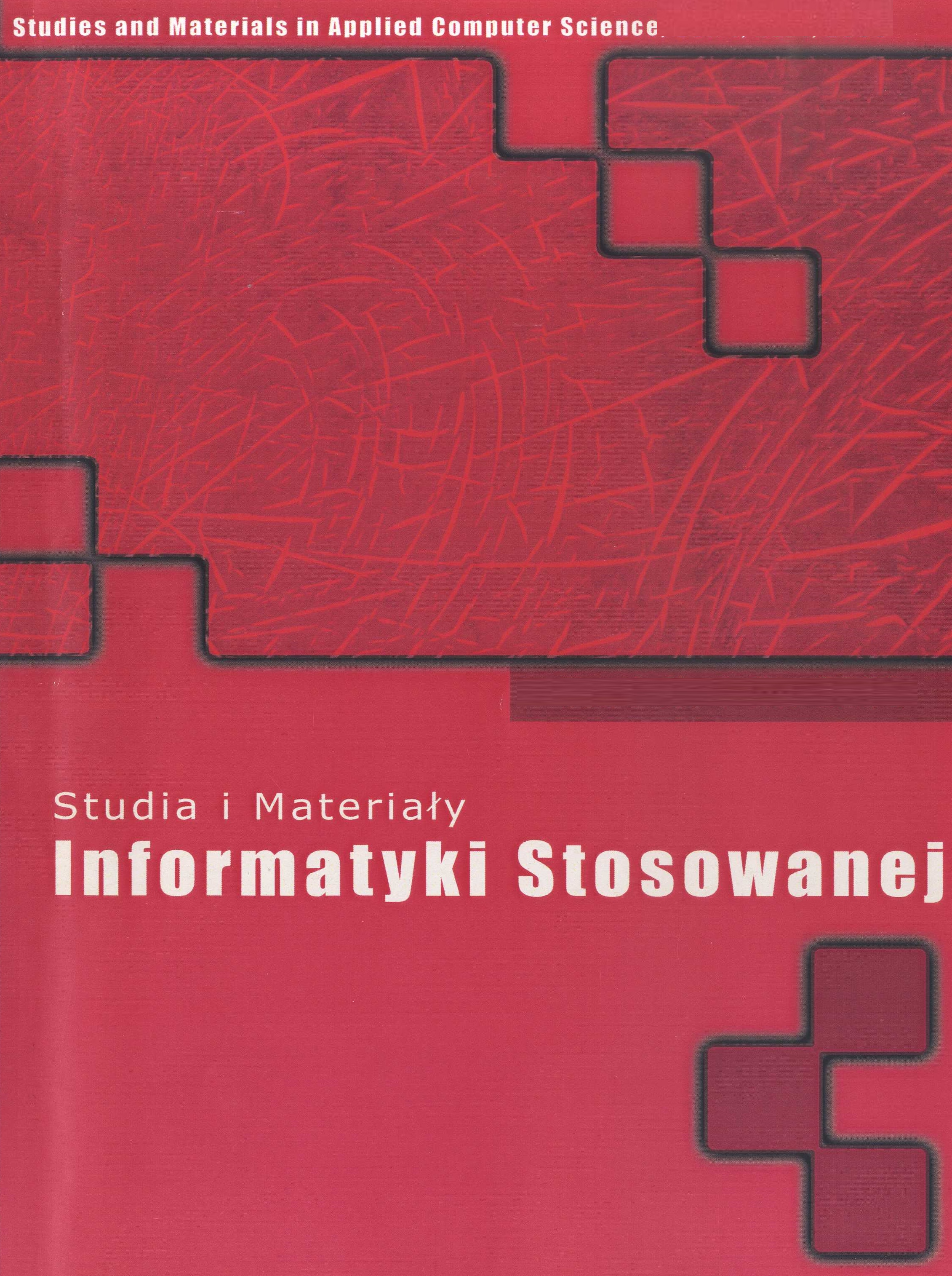The two faces of the proteins structure Application of knowledge about intrinsically disordered proteins in rational drug design
DOI:
https://doi.org/10.34767/SIMIS.2013.10.01Keywords:
molecular recognition features, protein protein interactions, protein folding, amino acid sequence properties of proteins.Abstract
Proteins are an essential component of living cells. Proper understanding of the properties of their structure is crucial to understanding their function in nature. The proteins and their fragments may exist in four states of structure organization: ordered, molten globule, pre molten globule and random coil. The particular function of proteins depend on any one of these states or a transition between
them. A significant proportion of proteins in nature is composed of a mixture of ordered and intrinsically disordered regions, that fulfil important roles in the processes like signal transduction, cell cycle regulation and many others. The standard approach for rational drug
design does not work for intrinsically disordered proteins (IDPs) and requires modified strategies. Furthermore, the majority of proteins with long intrinsically disordered regions (IDRs) use short molecular recognition elements (MoRFs), which undergo transition from disorder to
order state and adopt various structures in numerous protein protein interactions. These interactions are an attractive therapeutic target for the pharmaceutical industry in the process of rational drug design.
References
Ashbaugh HS, Hatch HW: Natively unfolded protein stability as a coil to globule transition in charge/hydropathy space. Journal of the American Chemical Society 2008, 130:9536–9542.
Uversky VN: Natively unfolded proteins: a point where biology waits for physics. Protein science : a publication of the Protein Society 2002, 11:739–756.
Uversky VN, Dunker a K: Understanding protein non folding. Biochimica et biophysica acta 2010, 1804:1231–1264.
Uversky VN: Intrinsically disordered proteins from A to Z. The international journal of biochemistry & cell biology 2011, 43:1090–1103.
Uversky VN: Multitude of binding modes attainable by intrinsically disordered proteins: a portrait gallery of disorder based complexes. Chemical Society reviews 2011,40:1623–1634.
Vacic V, Oldfield CJ, Mohan A, Radivojac P, Cortese MS, Uversky VN, Dunker AK: Characterization of molecular recognition features, MoRFs, and their binding partners. Journal of proteome research 2007, 6:2351–2366.
Mittag T, Kay LE, Forman Kay JD: Protein dynamics and conformational disorder in molecular recognition. Journal of molecular recognition : JMR 2010, 23:105–116.
Cheng Y, LeGall T, Oldfield CJ, Mueller JP, Van Y YJ, Romero P, Cortese MS, Uversky VN, Dunker a K: Rational drug design via intrinsically disordered protein. Trends in biotechnology 2006, 24:435–442.
Tompa P, Fuxreiter M: Fuzzy complexes: polymorphism and structural disorder in protein protein interactions. Trends in biochemical sciences 2008, 33:2–8.
Mandal S, Moudgil M, Mandal SK: Rational drug design. European journal of pharmacology 2009, 625:90–100.
Wang J, Cao Z, Zhao L, Li S: Novel Strategies for Drug Discovery Based on Intrinsically Disordered Proteins (IDPs). International journal of molecular sciences 2011,12:3205–19.
Metallo SJ: Intrinsically disordered proteins are potential drug targets. Current opinion in chemical biology 2010, 14:481–488.
Dunker a K, Uversky VN: Drugs for “protein clouds”: targeting intrinsically disordered transcription factors. Current opinion in pharmacology 2010, 10:782–788.

